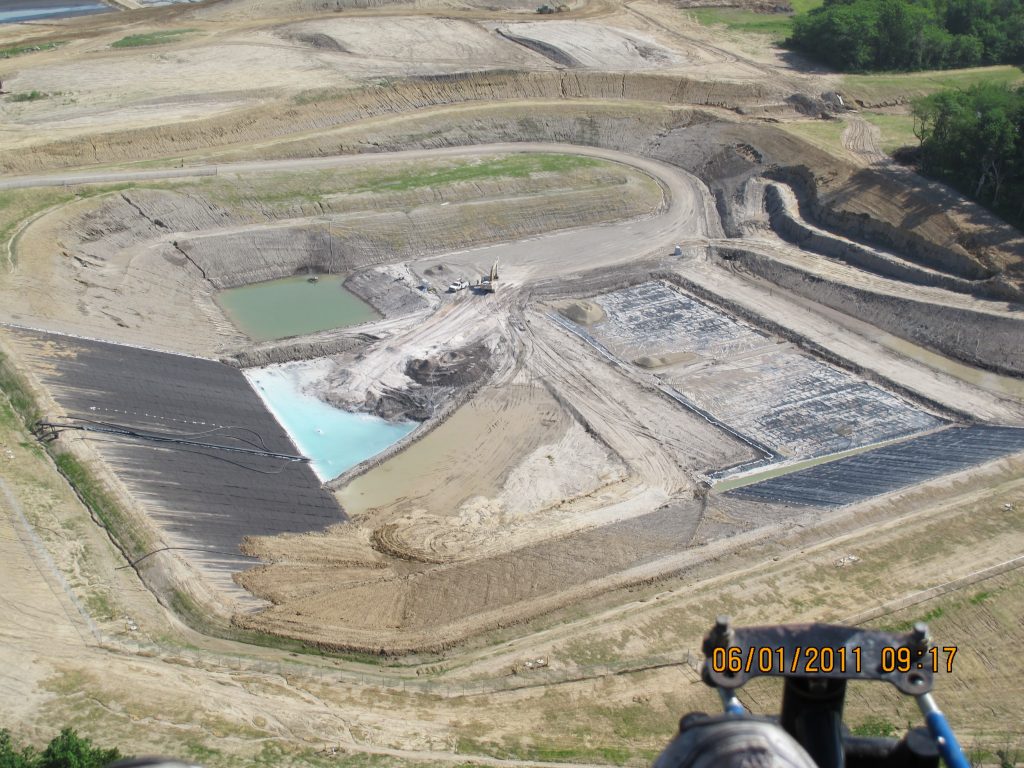While it is great news that Clinton Landfill has agreed to not store federally-regulated levels of PCBs, the saga isn’t over yet. An article in the Champaign-Urbana News-Gazette quoted the landfill’s attorney as saying that the landfill is looking to get into the business of accepting coal combustion waste from power plants. Coal waste can include chemicals we don’t want in our water supply, such as heavy metals like mercury, arsenic, selenium, chromium and cadmium which can cause cancer and brain damage in humans and have proven to be harmful to fish and wildlife.
Unfortunately, the settlement agreement between DeWitt County and the landfill allows the landfill to accept “coal combustion residuals.” The landfill can also accept manufactured gas plant waste that does not exceed regulatory levels; this “MGP” waste is a product of a coal-to-gas conversion process. DeWitt County will allow a railroad spur to reach the landfill, allowing trainloads of waste to be brought in.
Prairie Rivers Network is further investigating the proposed location for coal ash disposal at the landfill, examining the design and monitoring requirements in place for containing the waste and protecting public drinking water.
While there have been some important victories. . . existing regulations are such that the landfill can still store toxic substances above a drinking water supply.”

photo credit: Terry Hoffman
The settlement agreement also contains a provision that says the Clinton Sanitary District may start accepting and treating the leachate from the landfill. If that indeed occurs, we will be monitoring to make sure the sanitary district is equipped to handle the leachate in addition to the municipal sewage it normally treats. The sanitary district discharges to a local creek, so it is essential that treatment be effective at all times.
What all this means is that everyone needs to be paying attention to what’s going on at Clinton Landfill. While there have been some important victories with the PCBs and the Sole Source Aquifer designation, existing regulations are such that the landfill can still store toxic substances above a drinking water supply.







